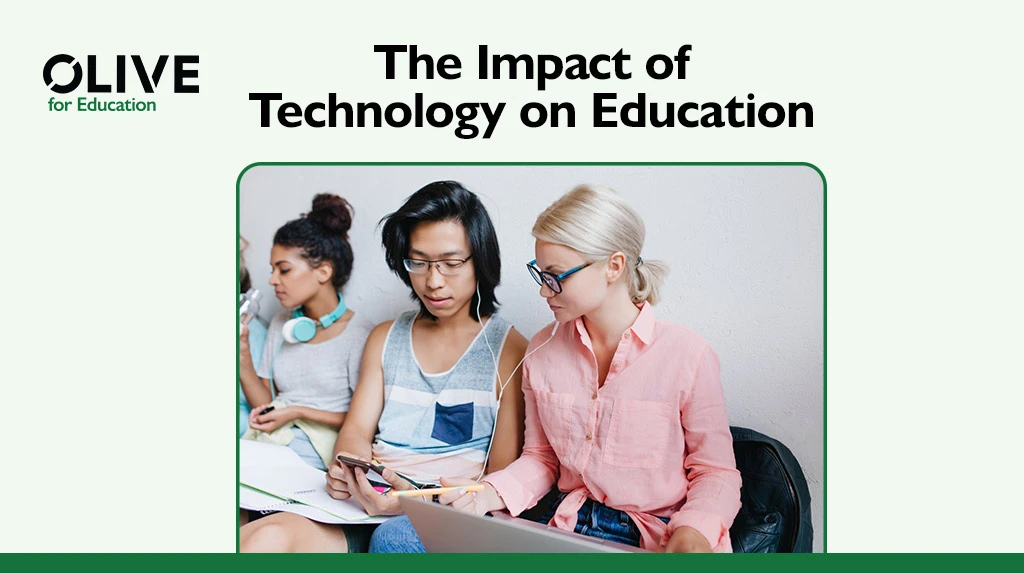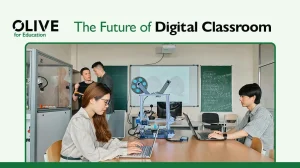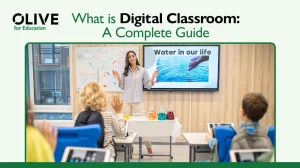Technology has revolutionised education by transforming traditional classrooms into an interactive learning environment. As technology continues to gain access around the world, students are being refined as to how they gain knowledge, as well as teachers delivering instruction, and how institutions run as a whole.
From the trends in educational technology to innovations like augmented reality (AR) and artificial intelligence (AI), educational technology continues to build the future of learning.
In this blog, you’ll understand the impact of technology on education based on different trends and innovations.
What are the Current Trends in Educational Technology?
Today, technology is not an add-on to education, it’s an integral part of how the modern learning environment works. The current trends help educators, students and policymakers to adapt to these changes and to use these changes to improve educational outcomes.
Some of the current trends in digital learning technology that are reshaping education are as follows:
1. E-learning Platforms

Millions around the globe now have access to education through e-learning platforms, such as Coursera, Mykademy, and Udemy. These courses in diverse subjects by these platforms help students and their professionals upskill at their leverage. These platforms are asynchronous so that learners can access education at their own pace, making education inclusive.
As per the 2023 report by EdTech Review, the global e-learning market is projected to stand at $375 Billion by 2026, putting the learning market on the rise and holding lots of potential.
2. Hybrid and Blended Learning Models
Hybrid or blended learning has come out as the leading solution to flexible learning models which the pandemic has showcased very well. These models of in-person and online instruction combine the best of both worlds.
Hybrid models are perfect for students with diverse learning needs and students living too far from the college. Institutions are ensuring students can learn seamlessly, no matter where they are or what circumstances they’re in, by using tools such as Microsoft Teams and Zoom.
3. Cloud-based Collaboration Tools
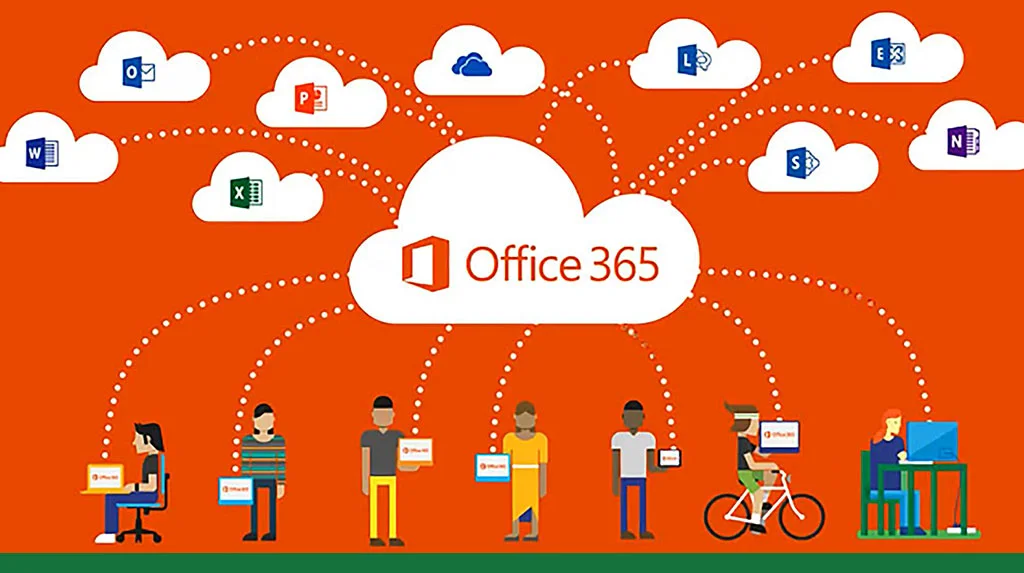
Google Workspace and Microsoft 365 offer cloud tools that will change the way students and teachers work together. Real-time sharing of documents, presentations, and resources is easy with these platforms and helps improve efficiency and teamwork.
This ability to share (and work on) projects in the cloud from anywhere improves productivity and helps to prepare students for a workforce that currently is all too reliant on remote collaboration.
4. Augmented Reality (AR) and Virtual Reality (VR)
Immersive learning experiences offered by AR and VR technologies are unmatched by what traditional learning methods offer. AR apps allow students to see complex scientific concepts in a way that can help them better understand. They can be aware of the topic they are studying and VR simulations can allow for a virtual field trip to distant planets or historical sites.
According to a 2023 EDUCAUSE study, a majority of educators (67%) believe AR/VR tools help make learning more engaging and memorable, and significantly improve concept comprehension.
Innovations in Educational Technology
Educational technology is continuously evolving because of relentless innovation. These advances introduce tools and methods that make learning more effective, personalised and fun.
Some of the most impactful innovations in Educational Technologies are as follows:
1. Gamification of Learning

In gamification, game design elements are added to educational activities to deliver stimulating and motivational learning. Points, badges and leaderboards are the main highlights that platforms such as Kahoot! and Duolingo use to encourage participation and healthy competition among learners.
Several studies have shown that this approach increases retention rates by as much as 20%, according to research in gamified environments compared to the standard methods.
2. Blockchain for Credentialing
Blockchain technology helps make sure your academic credentials are both secure and verifiable. They do so by decentralising the storing of certifications to remove fraud from the equation and make the credential verification procedure easier.
Also, emerging hiring practices have started using blockchain-based diplomas. Institutions like MIT, have started issuing blockchain-based results to make it easier for other organisations to confirm that the holder has completed that diploma.
3. Artificial Intelligence in Education
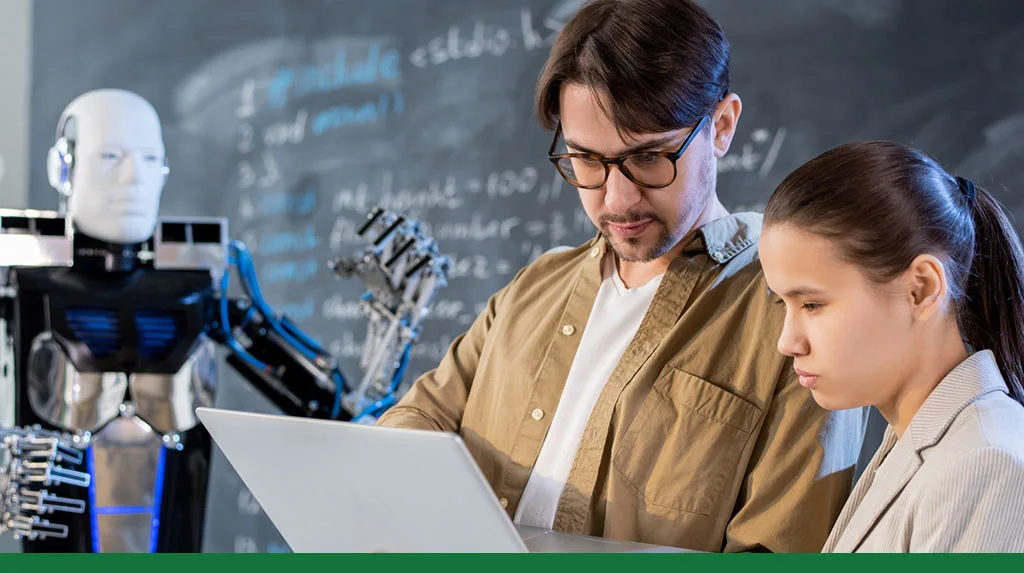
Artificial intelligence (AI) is changing education through the ability to offer a personalised learning experience. Chatbots and AI-powered tools are quickly adding an instant step of assistance to help, while adaptive learning systems personalise content to the needs of each student.
For example, in Carnegie Learning’s LiveHint AI, students get targeted exercises where they struggle so they understand where to invest time to learn.
4. Adaptive Learning Technologies
Data analytics in adaptive learning platforms, such as Dreambox and Smart Sparrow, for example, helps provide the means for students to receive content based on their progress within that content.
These technologies guarantee that learners get the right amount of challenge and support to master subjects at individual speed.
5. Robotics in Education
Robots are not just tools for teaching STEM concepts; they are also being used to teach social skills and teamwork. It helps students develop scientific and technological skills. It can help students learn dynamically and engagingly and can prepare them for the challenges of the future.
Robots like NAO and Pepper engage students in interactive learning experiences, preparing them for a future where robotics and AI play central roles in society and the workforce.
What are the Positive and Negative Impacts of Technology in Education?
The incorporation of technology into education has brought about significant benefits, but it also comes with challenges that need to be addressed. Below, we explore both the positive and negative impacts in detail.
Positive Impact of Technology in Education
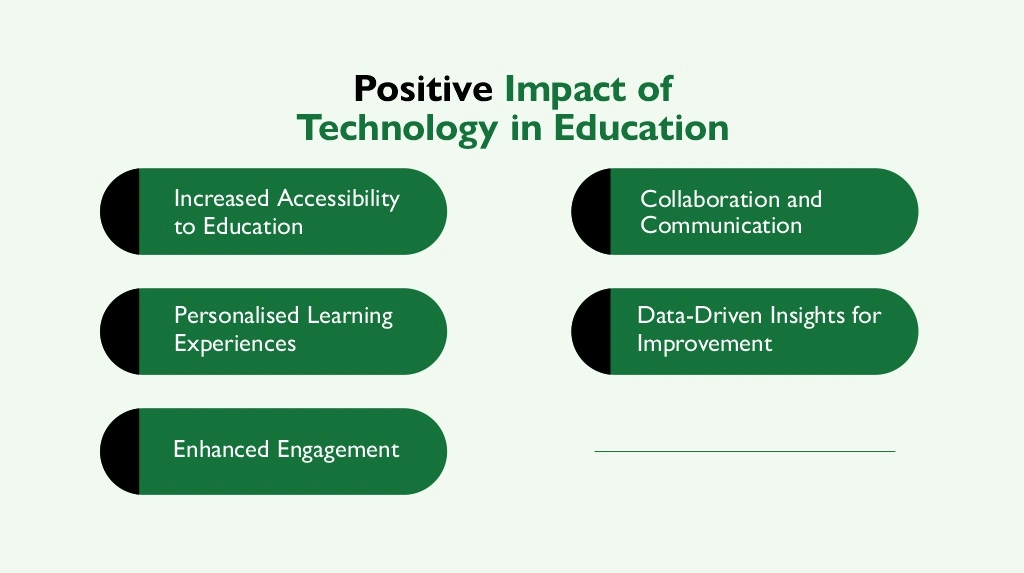
While technology has reshaped the educational landscape, its positive impacts have been particularly profound. By leveraging technological advancements, students and educators alike can experience a more dynamic, accessible, and engaging approach to learning.
Some of the positive impacts of Technology in Education are as follows:
- Increased Accessibility to Education: The democratisation of education has increased accessibility to education technology across borders and socio-economic status. Lifelong learning is available on platforms such as Khan Academy and edX which offer free or affordable courses to students the world over.
- Personalised Learning Experiences: AI-driven tools personalise resources and feedback is provided by these tools that provide personalised learning experiences. i-Ready’s adaptive systems use performance data to select lessons that meet each student’s needs and capabilities, creating an environment in which every student is automatically catered to in the right way.
- Enhanced Engagement: AR/VR and gamified apps make learning via interactive tools enjoyable and engaging. McKinsey found that students who use VR are 50% more engaged in the classroom than students learning traditional style.
- Collaboration and Communication: Technology combines collaboration and communication through tools like Slack and Zoom and gives opportunities for students to work on group projects without any hassle. Real-time communication and the sharing of resources are supported by these platforms so that students are prepared for collaborative work.
- Data-Driven Insights for Improvement: Educators can use data-driven insights through platforms like BrightBytes to track student performance data. These insights help in targeted interventions and by permitting institutions to refine curriculum design and teaching approaches.
Negative Impacts of Technology in Education
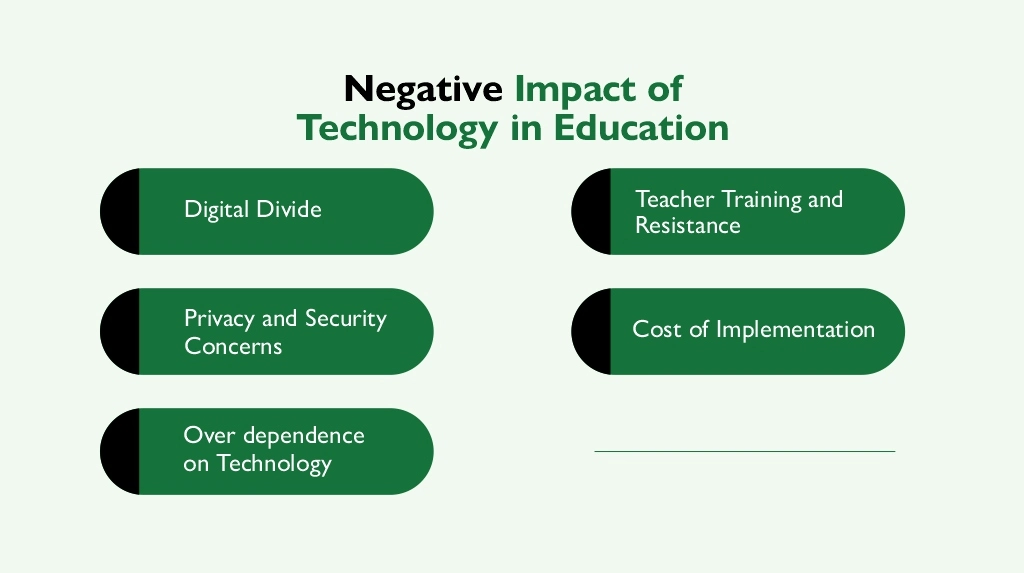
Despite its numerous benefits, technology in education presents several challenges. Addressing these issues is essential to ensure that the integration of technology creates a balanced and inclusive learning environment.
Some of the negative impacts of Technology in Education are as follows:
- Digital Divide: Not all students have access to the necessary devices or the internet, creating disparities in learning opportunities. UNESCO reports that over 1.3 billion students lack reliable internet access, highlighting the need for inclusive digital infrastructure.
- Privacy and Security Concerns: There are some privacy and security concerns when using digital tools. The recent cyberattack on a major university and school in 2023 shows that there may be a need for strong security precautions to safeguard sensitive information.
- Overdependence on Technology: Excessive dependence on technology can impede critical thinking and problem-solving skills. Students can become overly reliant on digital items, treasuring those tools over using methods of traditional methods of learning or adjusting to non-digital environments.
- Teacher Training and Resistance: Many educators do not have the training to use advanced tools well. Furthermore, some teachers refuse to incorporate new technologies into the classroom because they prefer traditional teaching ways or are concerned about their efficacy.
- Cost of Implementation: Implementation can be expensive, for example, for underfunded schools. Hardware, software, and training are often too costly for budgets, putting some institutions at a disadvantage compared to richer institutions.
Conclusion
Technology has undeniably transformed education, introducing innovative tools and methods that enhance learning experiences. While the benefits such as increased accessibility, personalisation, and engagement are significant, addressing challenges like the digital divide and privacy concerns is crucial.
By embracing these advancements thoughtfully, educators and policymakers can create a more inclusive, effective, and secure educational landscape for future generations.
Olive for Education supports this transition by ensuring that technological solutions are accessible, reliable, and tailored to meet diverse educational needs.

